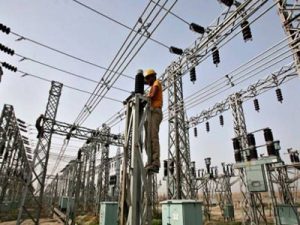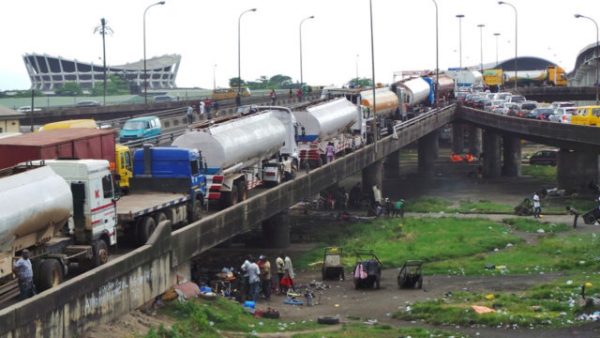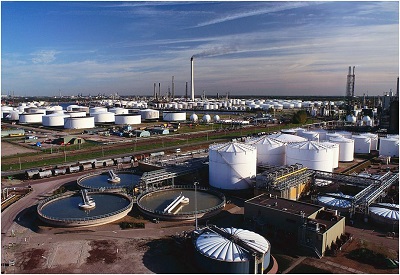Power system collapsed twice in April – Report
 Nigeria’s power grid collapsed again on April 26, 2017, making it the second time the system crashed last month.
Nigeria’s power grid collapsed again on April 26, 2017, making it the second time the system crashed last month.
Figures from the Transmission Company of Nigeria showed that power generation dropped significantly last week from 3,222.5 megawatts on April 25 to 113.6MW the next day.
It was gathered that the most recent system collapse was due to frequency constraints on the grid.
This, according to industry sources, is despite the increased gas supply to the power plants following the stability in the Niger Delta.
Data from the National Control Centre for the power sector indicated that outages on two power lines and a transmission station contributed to the most recent collapse of the grid.
The NCC stated in a report, “The grid recorded a system collapse in the early hours of April 26, 2017 at 05:32 hours. System frequency dropped sharply from 50.91Hz to 47.52Hz, leading to the system collapse.
“Outages on Alaoji/Ikot-Ekpene 330kV lines 1 & 2 at the Ikot-Ekpene transmission station and Onitsha/Alaoji 330kV line (cct T4A) meant that Afam VI and Alaoji NIPP were unable to evacuate to the grid, negatively impacting grid stability.”
The national power grid witnessed the first collapse on April 9, a development that resulted in the drop in generation from over 3,000MW to just 108.7MW.
Industry data showed that power generation plunged from 3,069.5MW on April 8, 2017 to 108.7MW on April 9, and moved up marginally to 240MW the next day.
It was learnt that heavy rainfall at three transmission stations led to load reduction that prompted high frequency in the system, a development that triggered the collapse of the electricity grid.
The April 9 collapse was the first to be recorded in the second quarter of this year.
Sunday PUNCH’s report had revealed that the country’s electricity grid collapsed 10 times in the first quarter of this year.
Officials at the Transmission Company of Nigeria stated that the April 9 system collapse was caused by heavy rainfall that affected the Onitsha, Benin and Alaoji transmission stations, leading to a cumulative load reduction of 384MW in the affected areas.
The NCC, in its report on the incident, stated, “There was heavy rainfall reported from Onitsha T/S, Benin T/S and Alaoji T/S, which led to area load reduction from 70MW to 15MW, 100MW to 20MW and 300MW to 51MW, respectively.”







